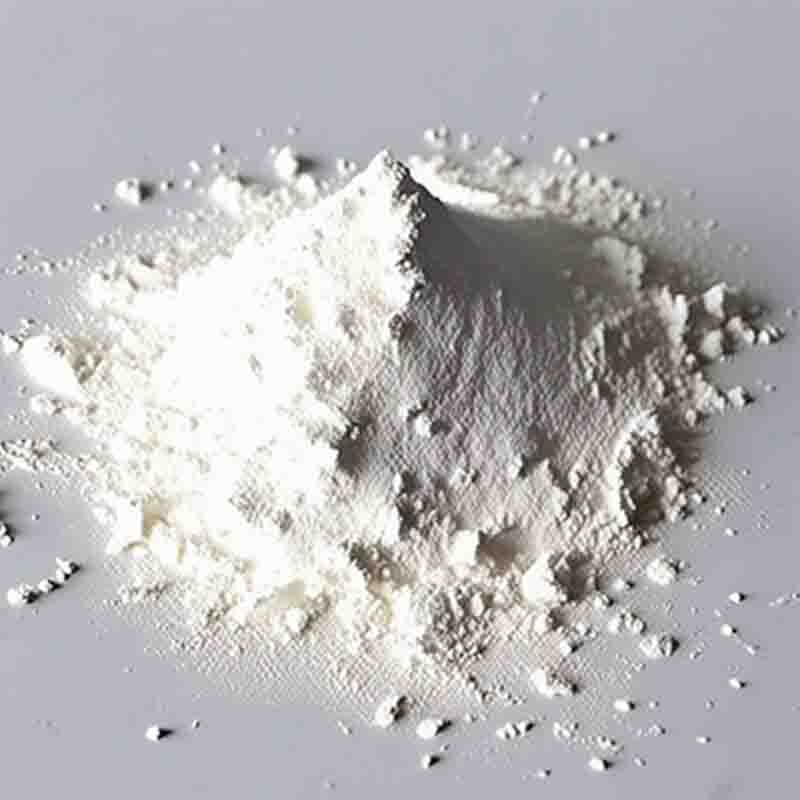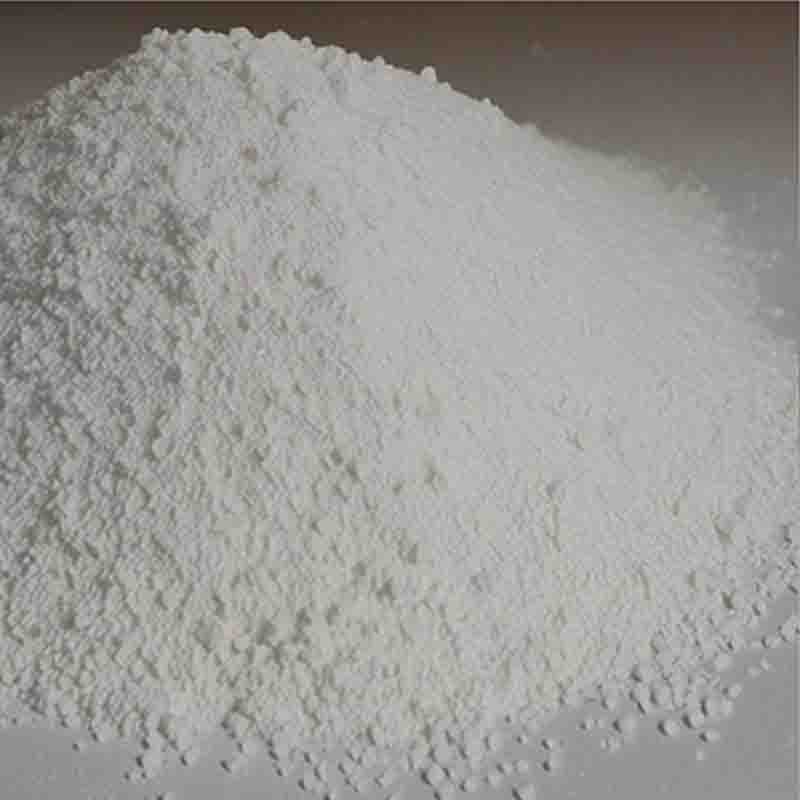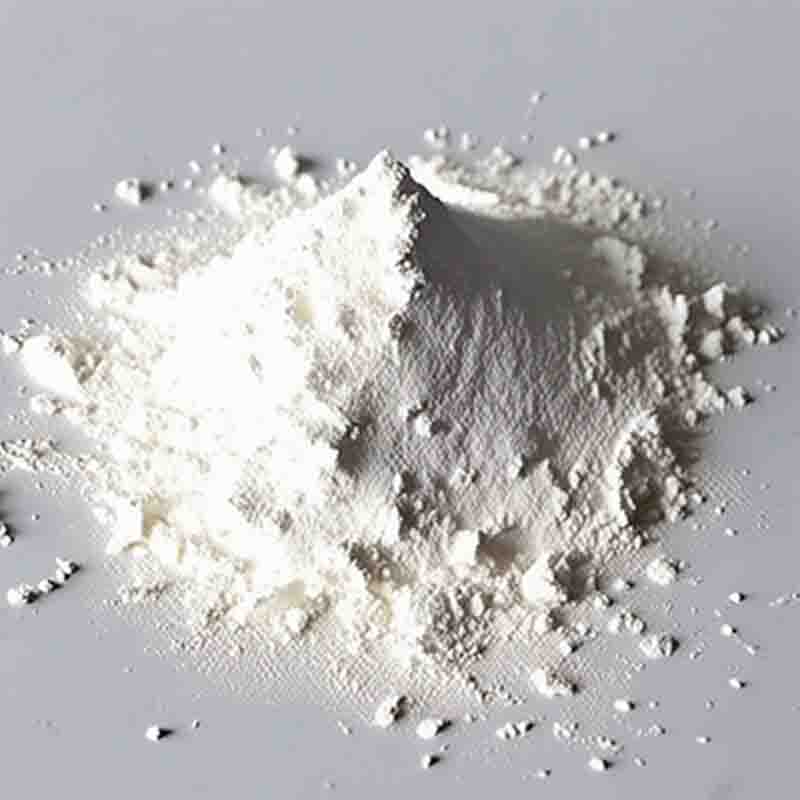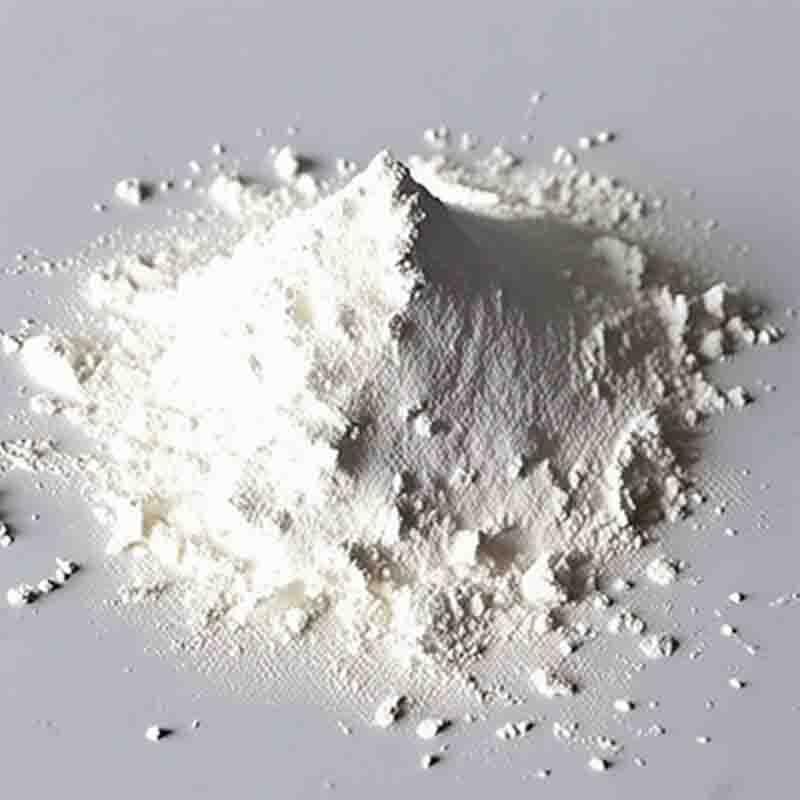2,3-Difluoro-4-ethoxybenzeneboronic acid CAS: 212386-71-5
| Catalog Number | XD93457 |
| Product Name | 2,3-Difluoro-4-ethoxybenzeneboronic acid |
| CAS | 212386-71-5 |
| Molecular Formula | C8H9BF2O3 |
| Molecular Weight | 201.96 |
| Storage Details | Ambient |
Product Specification
| Appearance | White powder |
| Assay | 99% min |
2,3-Difluoro-4-ethoxybenzeneboronic acid is a compound that finds utility in several fields of chemistry, particularly in organic synthesis and medicinal chemistry. With its unique structure and reactivity, it has become a valuable building block for creating complex organic molecules and pharmaceutical compounds.One of the key applications of 2,3-Difluoro-4-ethoxybenzeneboronic acid lies in its use in cross-coupling reactions. Cross-coupling reactions, such as the Suzuki-Miyaura and Buchwald-Hartwig couplings, are powerful methods for constructing carbon-carbon and carbon-heteroatom bonds. In these reactions, 2,3-Difluoro-4-ethoxybenzeneboronic acid can serve as a boronate ester component, reacting with various electrophiles (e.g., aryl halides, vinyl halides) under the influence of suitable catalysts. This enables the synthesis of diverse compounds with biologically active properties, such as pharmaceutical agents or agrochemicals.Moreover, the presence of fluorine atoms in 2,3-Difluoro-4-ethoxybenzeneboronic acid can impart advantageous properties to the resulting molecules. Fluorine substitution can enhance the stability, lipophilicity, and pharmacokinetic profile of organic compounds, making them more effective drug candidates. Therefore, the strategic use of 2,3-Difluoro-4-ethoxybenzeneboronic acid as a precursor in the synthesis of drug-like compounds can provide access to fluorinated molecules with improved biological activity and desirable physicochemical properties.Additionally, the ethoxy group present in 2,3-Difluoro-4-ethoxybenzeneboronic acid offers further versatility in synthetic applications. It can be subjected to nucleophilic substitution reactions, allowing for the introduction of various functional groups at the ethoxy position. This enables the derivatization of the compound to tailor its properties for specific purposes or to introduce additional points of diversity in library synthesis for drug discovery.In summary, 2,3-Difluoro-4-ethoxybenzeneboronic acid serves as an important intermediate in organic synthesis and medicinal chemistry. Its participation in cross-coupling reactions, incorporation of fluorine atoms, and derivatization at the ethoxy position make it a valuable tool for the construction of diverse organic compounds with potential pharmaceutical applications. Its use enables the synthesis of complex molecules and libraries for drug discovery and provides access to fluorinated compounds with improved properties.









